
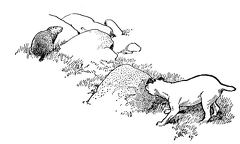 Dog hunting
Dog hunting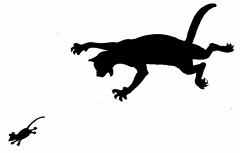 Cat and Mouse
Cat and Mouse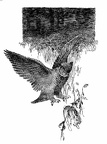 Owl catching a rabbit
Owl catching a rabbit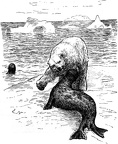 Polar bear and flip-up cap
Polar bear and flip-up cap Cockroach-hunting wasps
Cockroach-hunting wasps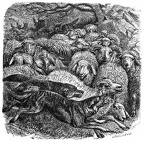 The Wolf among the Sheep. (John x. 12)
The Wolf among the Sheep. (John x. 12)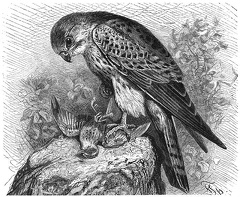 Kestrel
Kestrel A check in the Park at Bagatelle
A check in the Park at Bagatelle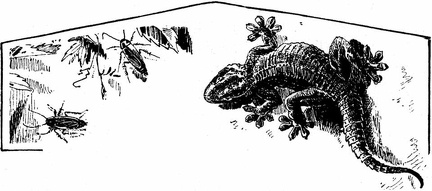 Gecko, chasing cockroaches
Gecko, chasing cockroaches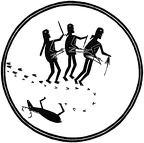 Hunters
Hunters Prehistoric Men Attacking the Great Cave Bears
Prehistoric Men Attacking the Great Cave Bears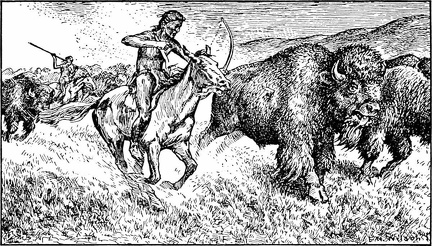 A Buffalo Hunt
A Buffalo Hunt She dropped her pack and came running back, her hands at each side of her head with two fingers crooked, like horns, the sign for buffaloes
She dropped her pack and came running back, her hands at each side of her head with two fingers crooked, like horns, the sign for buffaloes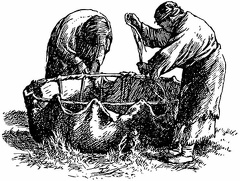 we women busied ourselves making bull boats
we women busied ourselves making bull boats Ostrich
Ostrich Dog chasing a rabbit
Dog chasing a rabbit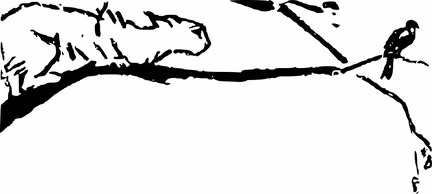 Cat stalking a bird
Cat stalking a bird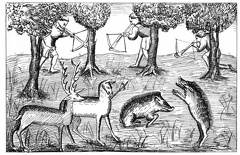 Crossbowmen killing Deer and Wild Boars
Crossbowmen killing Deer and Wild Boars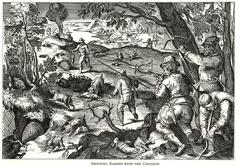 Shooting rabbits with the crossbow
Shooting rabbits with the crossbow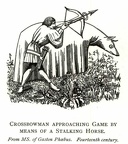 Crossbowman approaching game
Crossbowman approaching game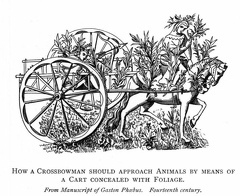 How a crossbowman should approach animals
How a crossbowman should approach animals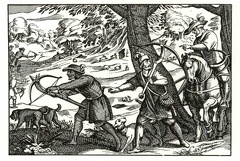 Hunters with crossbows
Hunters with crossbows Australian at Home
Australian at Home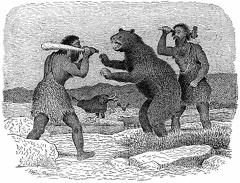 Palæolithic Men Attacking Cave Bear
Palæolithic Men Attacking Cave Bear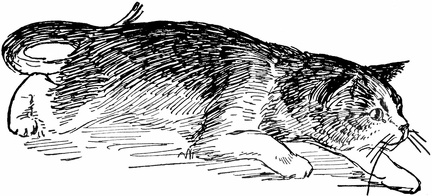 Cat Hunting
Cat Hunting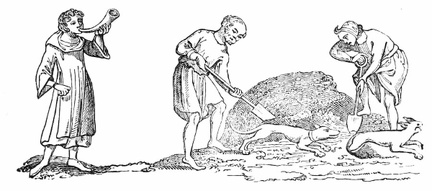 The Unearthing of a Fox
The Unearthing of a Fox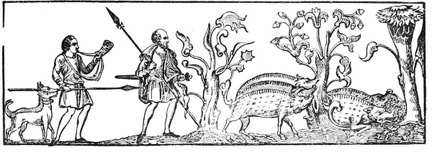 Swine Hunting - IX Century
Swine Hunting - IX Century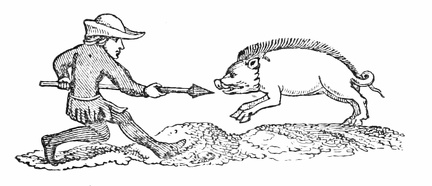 Spearing a Boar—XIV. Century
Spearing a Boar—XIV. Century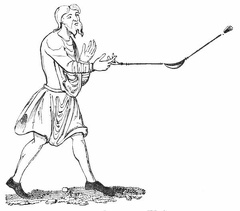 Slinging—VIII. Century
Slinging—VIII. Century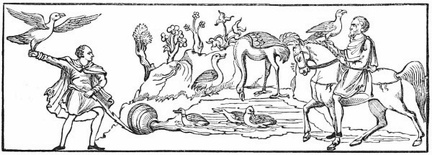 Saxon Hawking—IX. Century.
Saxon Hawking—IX. Century. Saxon Bow and Arrow.—X. Century
Saxon Bow and Arrow.—X. Century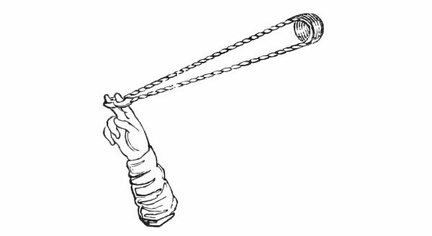 Manner of holding the Sling
Manner of holding the Sling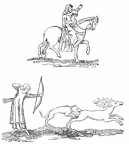 Ladies Hunting—XIV. Century
Ladies Hunting—XIV. Century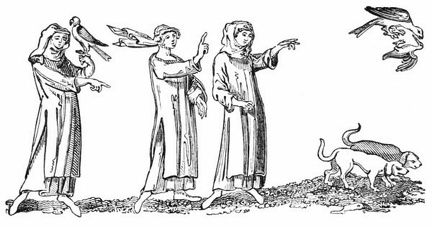 Ladies Hawking—XIV. Century
Ladies Hawking—XIV. Century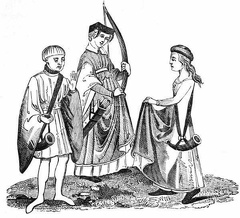 Hunting Dresses.—XV. Century
Hunting Dresses.—XV. Century Hawking—XIV. Century
Hawking—XIV. Century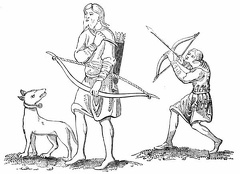 Two Saxon Archers—VIII. Century
Two Saxon Archers—VIII. Century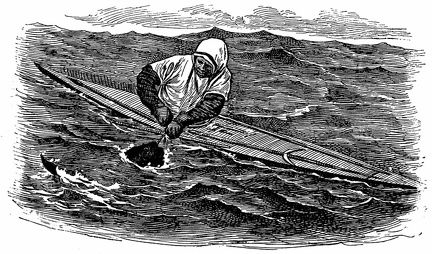 A Greenland Eskimo Fishing
A Greenland Eskimo Fishing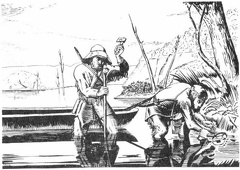 Rocky Mountain men setting traps
Rocky Mountain men setting traps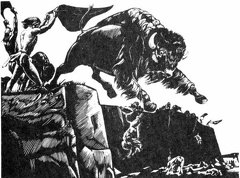 Indian 'Buffalo Jump'—Yellowstone Valley
Indian 'Buffalo Jump'—Yellowstone Valley Mammoth Hunt
Mammoth Hunt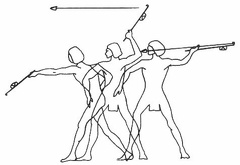 A hunter using an atlatl
A hunter using an atlatl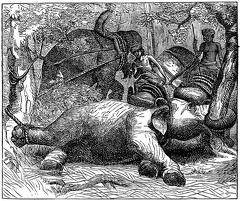 Securing captured elephants with the aid of the tame ones
Securing captured elephants with the aid of the tame ones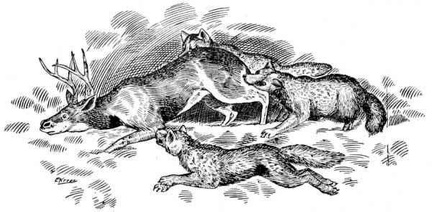 Wolves hunting a deer
Wolves hunting a deer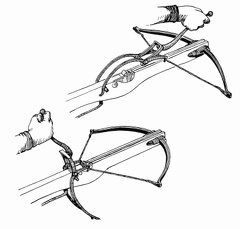 Hunting Crossbow
Hunting Crossbow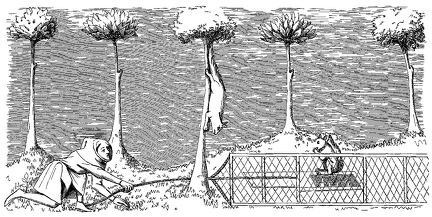 How to catch a squirrel
How to catch a squirrel Hunting with the Leopard
Hunting with the Leopard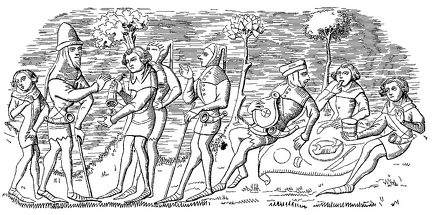 Hunitng Meal
Hunitng Meal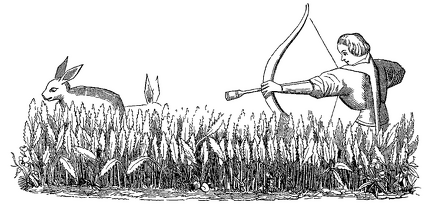 How to Allure the Hare
How to Allure the Hare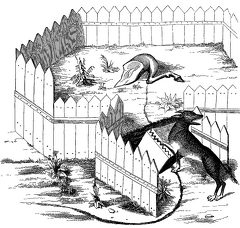 Catching wolves
Catching wolves



